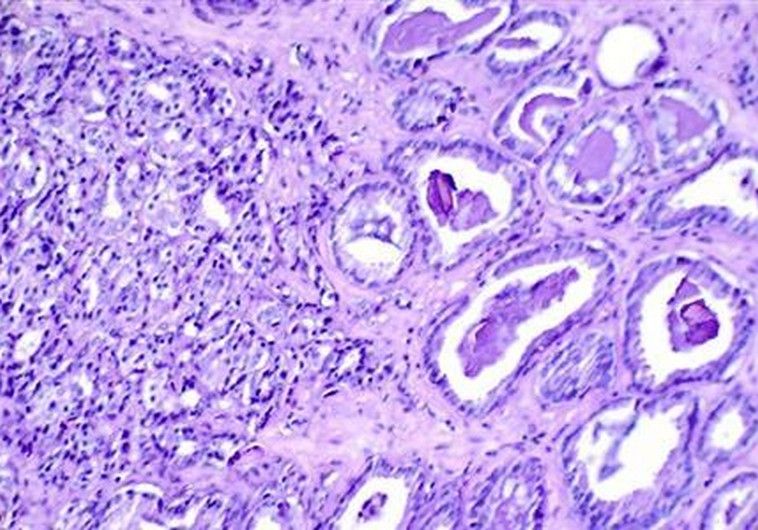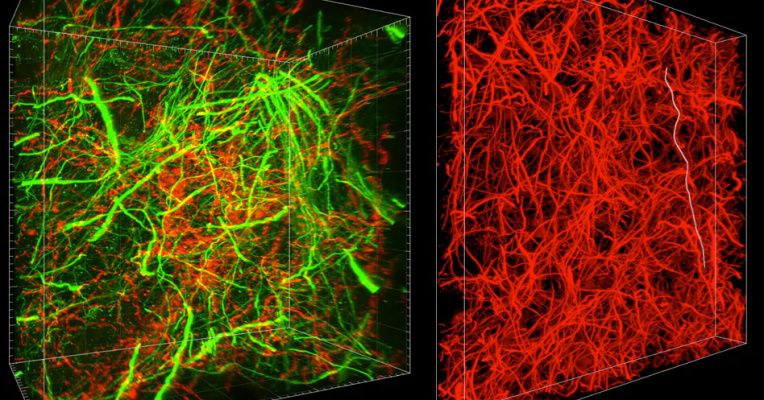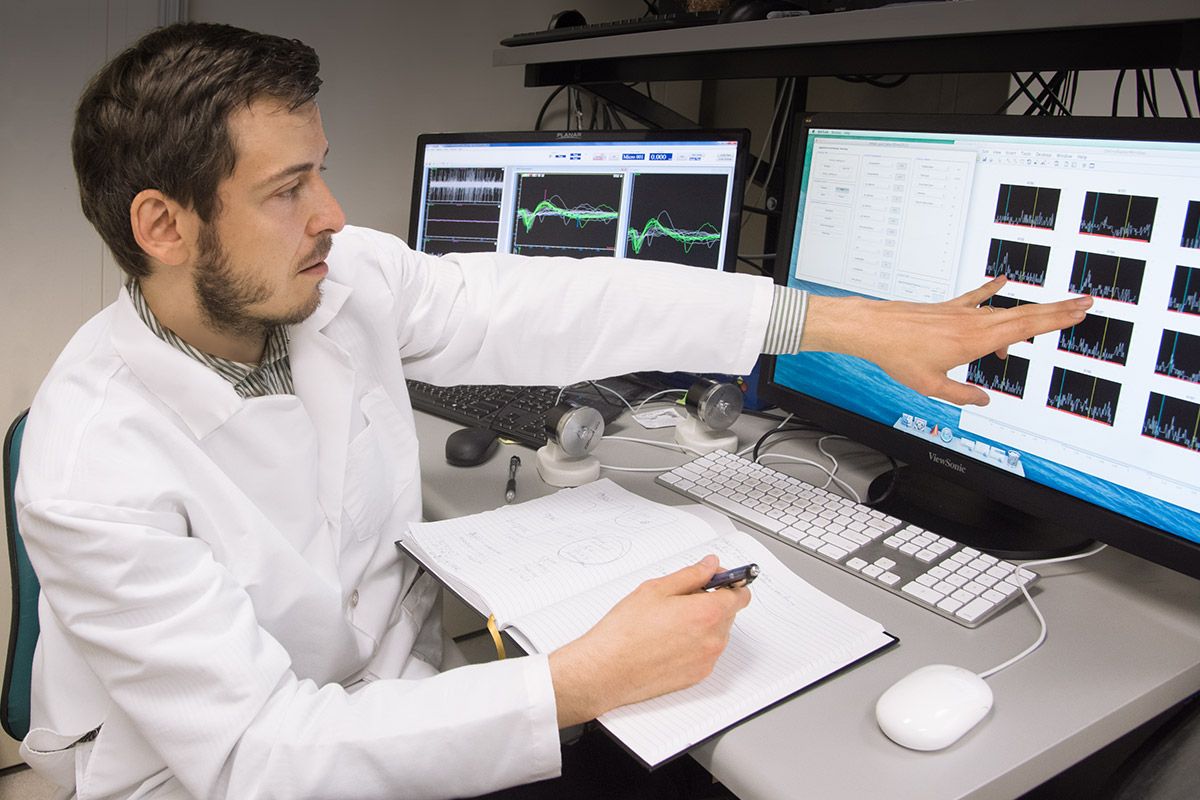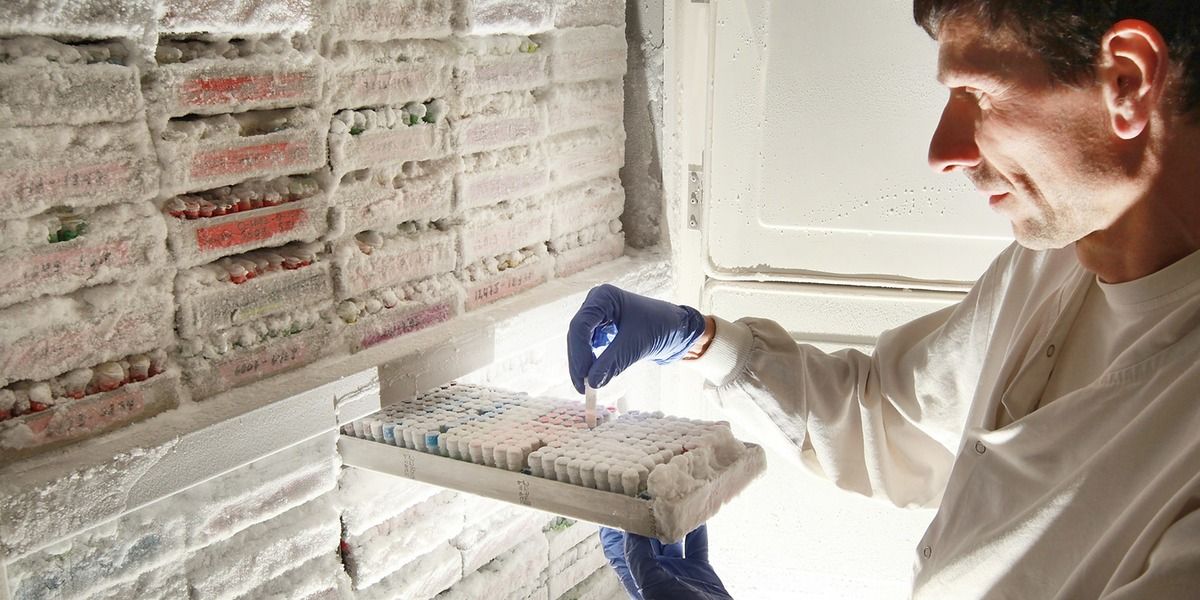Page 10973
Techie recruitment on the rise. I wonder how much kidnapping threats for certain tech talent will also increase.
Today’s jihadists rely heavily on the Internet, and their defence systems are increasingly shifting towards digital mediums.
Jihadist groups like ISIS have stepped up their use of more secure technologies to accomplish their goals – ranging from propaganda dissemination and recruitment to launching attacks.
Disturbing.
Munich killer David Ali Sonboly bought the gun used in his rampage on the dark web and had been planning the attack for a year.
German police said the Glock 17 pistol used by the 18-year-old to kill nine people had its serial number scratched off but appeared to have originated in Slovakia and had been reactivated.
Continue reading “Munich Teen Killer Bought Gun On Dark Web” »
Jul 26, 2016
This New Website Simplifies The Legal Boundaries Of 3D Printing
Posted by Karen Hurst in categories: 3D printing, law
Genie out of the bottle.
A new guide into 3D printing rights and responsibilities has been launched to explain what consumers need to know before printing in 3D, including the potential risks in creating and sharing 3D printable files, and what kinds of safeguards are in place.
The website “Everything you need to get started in 3D printing” was developed by staff at the University of Melbourne in response to the growing number of users keen to find, share, and create 3D printed goods online.
Continue reading “This New Website Simplifies The Legal Boundaries Of 3D Printing” »
Jul 26, 2016
A bioink
Posted by Karen Hurst in categories: 3D printing, 4D printing, biotech/medical
Future Science Group (FSG) today announced the publication of a new article in Future Science OA looking to identify and define key terms associated with bioinks and bioprinting.
The use of 3D printing technologies for medical applications is a relatively new and rapidly expanding field, and is being approached in a multi-disciplinary manner. This has led to overlapping and ambiguous definitions within the field as a whole, and confusion over some terms, for example the prefix of ‘bio-‘. This new piece from William Whitford (GE Healthcare Life Sciences, USA) and James B. Hoying (Advanced Solutions Life Sciences, USA) introduces common definitions for 3D bioprinting-related terms, putting them into context. Terms defined within the article include 3D and 4D printing, bioadditive manufacturing, biofabrication, biomanufacturing, bioprinting, biomimetic printing and bioinks, among others.
“Additive manufacturing has transformed our approach to production in many ways,” notes Whitford. “There is now rapid development in the bioresearch, diagnostic and therapeutic applications for 3D printing. It’s difficult to even keep abreast of the number and types of relevant printing technologies, applications and vocabulary. We here identify some of the terms recently coined in this arena.”
Jul 26, 2016
Israeli researchers find way to detect cancer cells before becoming brain tumors
Posted by Karen Hurst in categories: biotech/medical, neuroscience
Promising work.
Tel Aviv University research opens the “black box” of malignant melanoma.

Jul 26, 2016
We’re Understanding How The Brain Functions By Linking Retinas To Chips
Posted by Karen Hurst in categories: biotech/medical, computing, genetics, neuroscience
Many folks are not aware that one of the early detections of GBM is through a person’s weakened eyesight as well as Ophthalmologist examinations.
The retina is essentially part of the brain. Studying them led researchers one step closer to understanding how the brain processes stimuli.
There is a genetically transmitted disease that causes the eyeballs to twitch back and forth, and it’s called Nystagmus. It impacts 1 in 1,500 men. Notably, it has been recently discovered that the twitching is caused by the miscalculations done by the retinal neurons in converting visual stimuli into electrical signals.
Continue reading “We’re Understanding How The Brain Functions By Linking Retinas To Chips” »
Jul 26, 2016
This new brain-scanning technique is literally mind expanding
Posted by Karen Hurst in categories: biotech/medical, neuroscience

This amazing! I see so many uses both in medical/ healthcare as well as advancing the work in tech around brain sensory and mapping.
Sometimes it’s hard to tell the difference between science and technology ó almost all the time when it has to do with the brain. But this research from MIT that allows for vastly improved scans of the networks inside the brain is too cool to pass up, whether it’s tech, science, or somewhere in between.
Continue reading “This new brain-scanning technique is literally mind expanding” »
Jul 26, 2016
Study identifies neural circuits involved in making risky decisions
Posted by Karen Hurst in category: neuroscience
New research sheds light on what’s going on inside our heads as we decide whether to take a risk or play it safe. Scientists at Washington University School of Medicine in St. Louis located a region of the brain involved in decisions made under conditions of uncertainty, and identified some of the cells involved in the decision-making process.
The work, published July 27 in The Journal of Neuroscience, could lead to treatments for psychological and psychiatric disorders that involve misjudging risk, such as problem gambling and anxiety disorders.
“We know from human imaging studies that certain parts of the brain are more or less active in risk-seeking people, but the neural circuits involved are largely unknown,” said Ilya Monosov, PhD, an assistant professor of neuroscience and senior author on the study. “We found a population of value-coding neurons that are specifically suppressed when animals make a risky choice.”
Continue reading “Study identifies neural circuits involved in making risky decisions” »
Jul 26, 2016
Data Written on DNA Will Be Stored in Freezer Banks in 7 Years
Posted by Karen Hurst in categories: biotech/medical, finance
We’re about 7 years out from sending files to a company to be stored in permanent DNA freezer lockers.
















